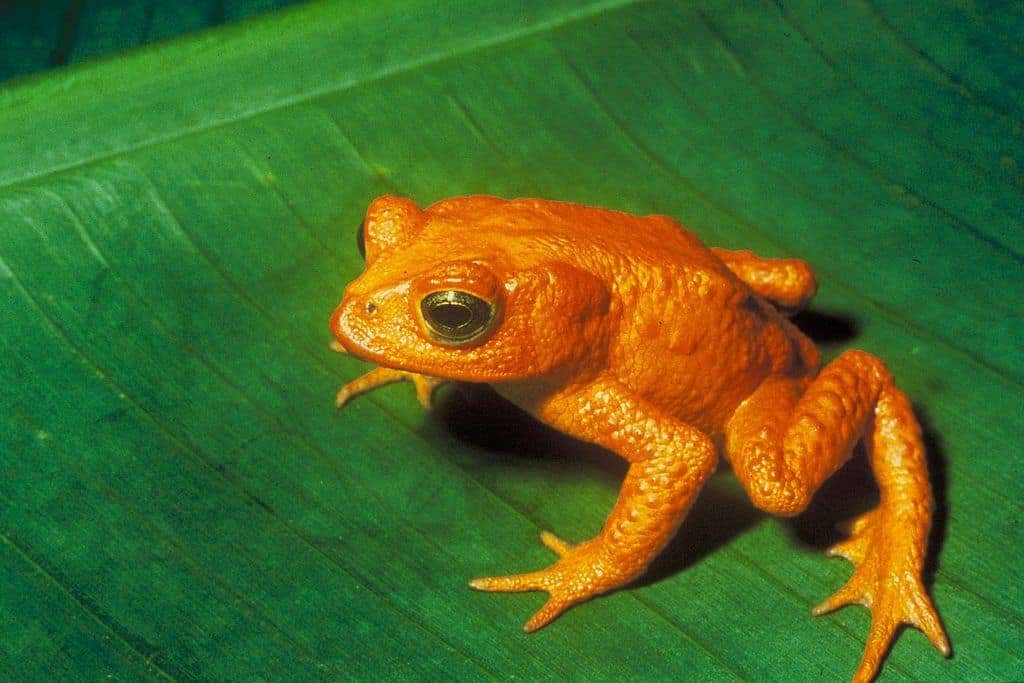
Unlike the mass extinctions of species in the past, the current crisis is primarily due to human activity. By 2050, up to 30-50% of the planet’s species could be extinct. Through inappropriate human behavior, climate change is occurring and habitats and even entire ecosystems are being disrupted. Check out which animals we won’t see again.
This is an amazing, giant animal that we won’t see again. It survived the ice age but became extinct due to human greed. It is believed to be the ancestor of modern elephants. Currently, attempts are being made in Russia to restore it from the remaining fossils.
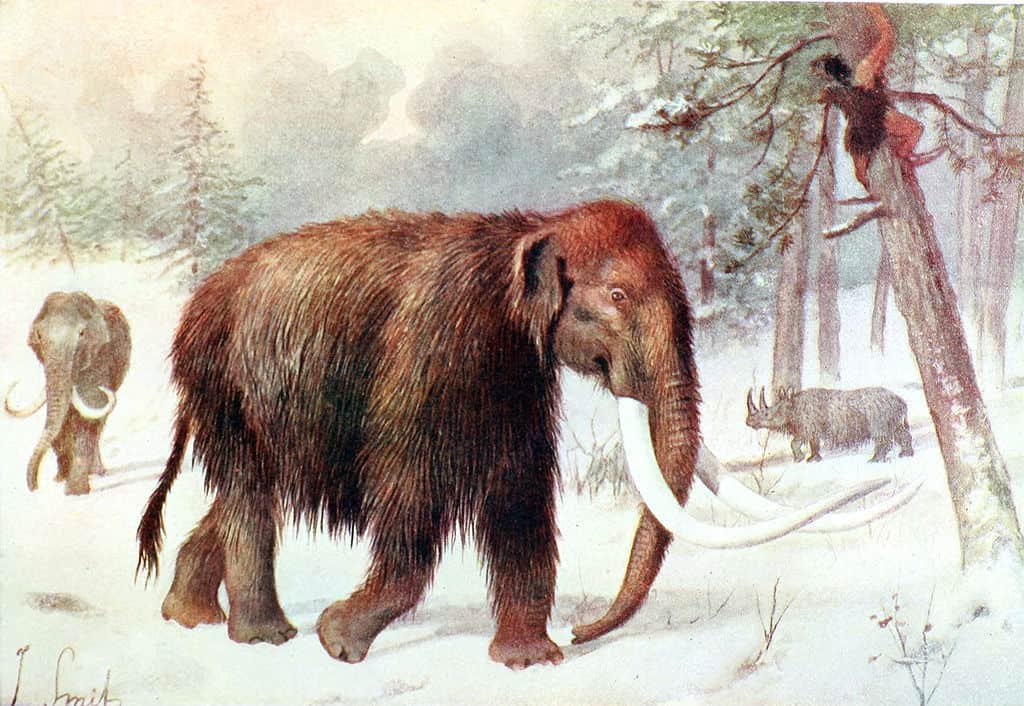
Was the largest carnivorous marsupial of modern times. It became extinct in the early 1930s due to over-hunting and poaching. It resembled a large dog. However, unlike it, it had a stiff tail and a belly pouch. It led a nocturnal lifestyle and was relatively skittish
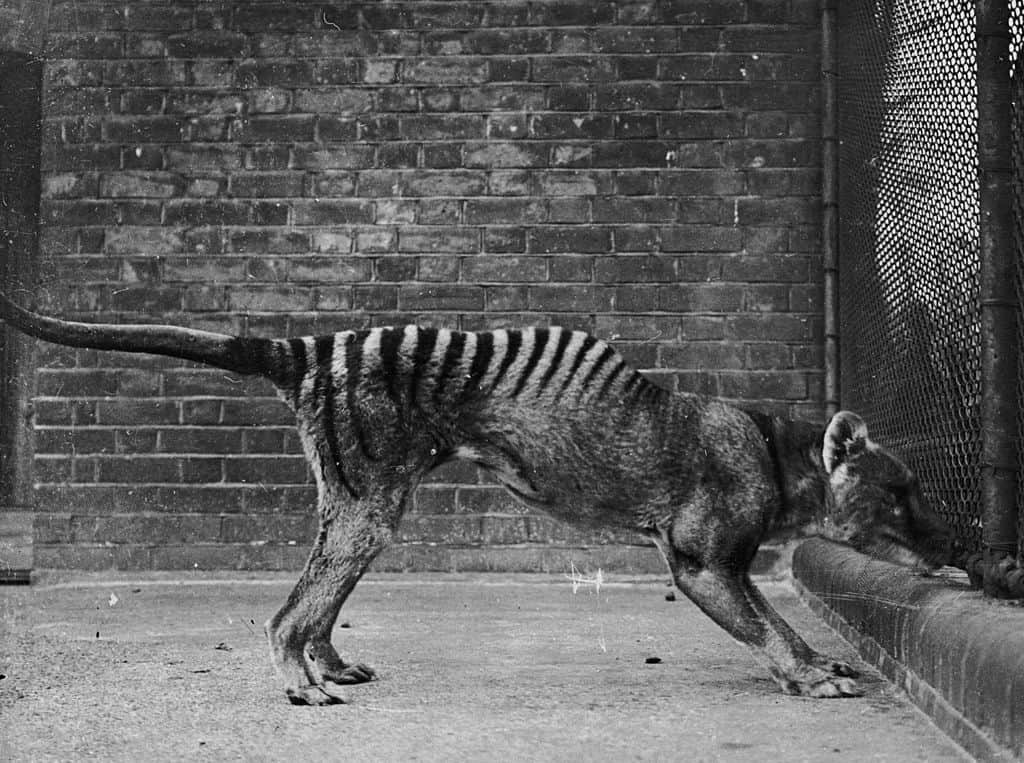
This blue parrot native to Brazil and known for its screen role in the movie “Rio” is extinct in the wild. The creation of a dam used for trade and deforestation has led to a decline in the population of the little blue ara. Observations in 2016 offered hope that the critically endangered species was still alive in the wild. Unfortunately, researchers later found they were mistaken.
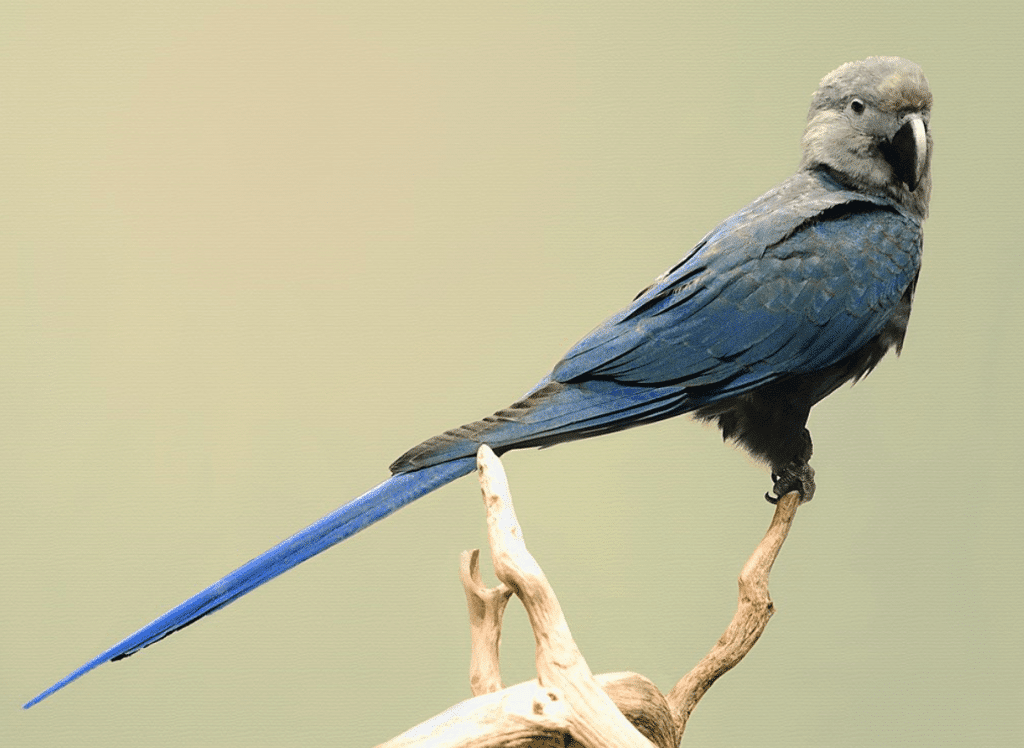
The dodo was a small flightless bird that went extinct 100 years after its discovery. Unfortunately, over time it became easy prey for dogs, cats, and hunters, and its eggs were eaten by macaques.
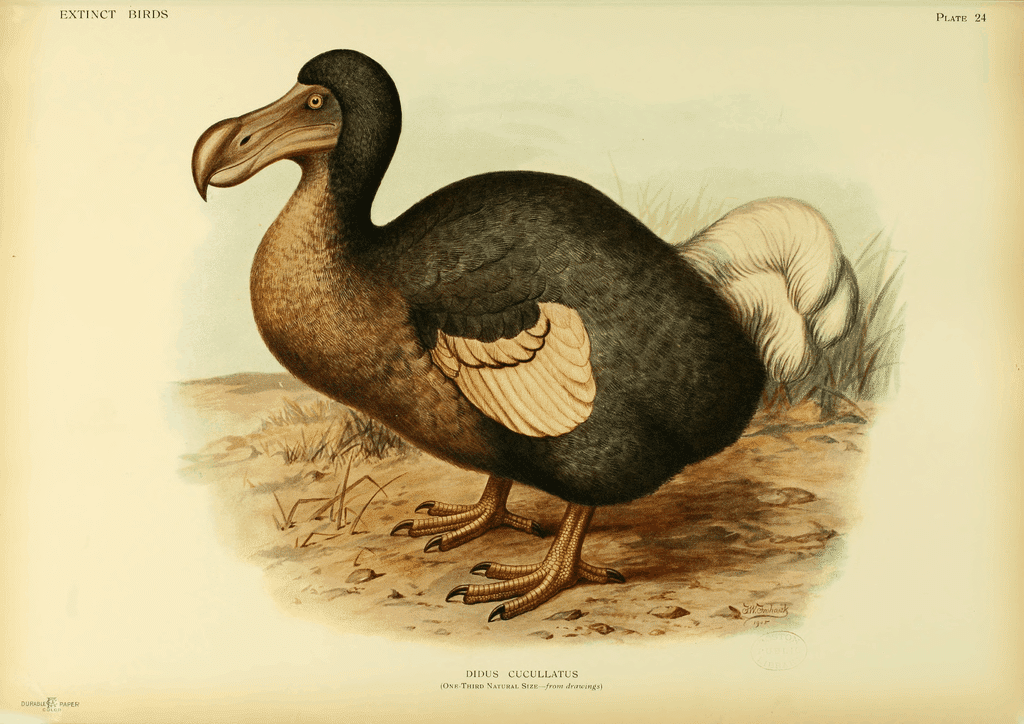
A black rhino native to West Africa has also been observed in several countries in southeastern Africa. It was 3-3.8 m long and 1.4-1.7 m tall. It weighed 800-1300 kg. It had two horns, one measuring 50-130 cm and the other measuring 2-55 cm. It fed on leafy plants and shoots. Some believe that its horns had medicinal properties – although there is no scientific evidence for this, it resulted in widespread poaching. In the 1930s, efforts were made to protect the species, but numbers continued to decline. The last black rhino was seen in Cameroon in 2006. It was officially declared an extinct species in 2011.
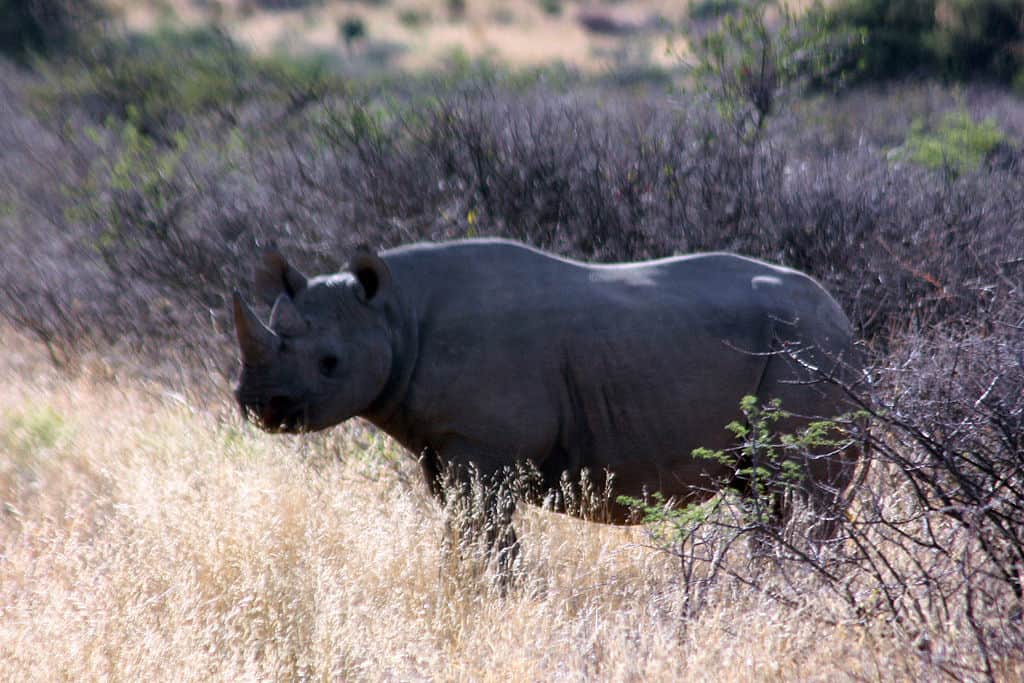
It can only be found in the Yangtze River. Adult mammals can reach up to 250 cm and weigh up to a quarter of a ton. They used sound for orientation (echolocation) because they had tiny eyes and very poor vision. Although the Chinese baji survived for 20 million years, it was officially declared an extinct species in 2006. With the industrialization of China, the river was used for fishing, transportation, and hydroelectric power plants, which had a negative impact on the mammals.
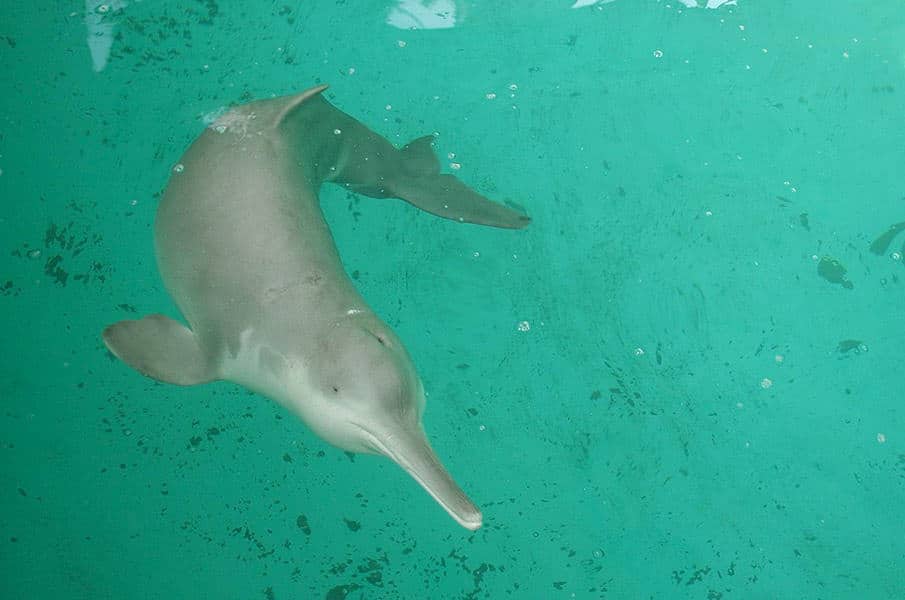
The quagga was native to South Africa and became extinct in the late 19th century. For a long time, it was considered a separate species. Only later was it discovered that it was closely related to the steppe zebra. From then on it was considered a subspecies of zebra. It looked like the original combination of a zebra (from the front, thanks to its famous stripes) and a horse (from the back)
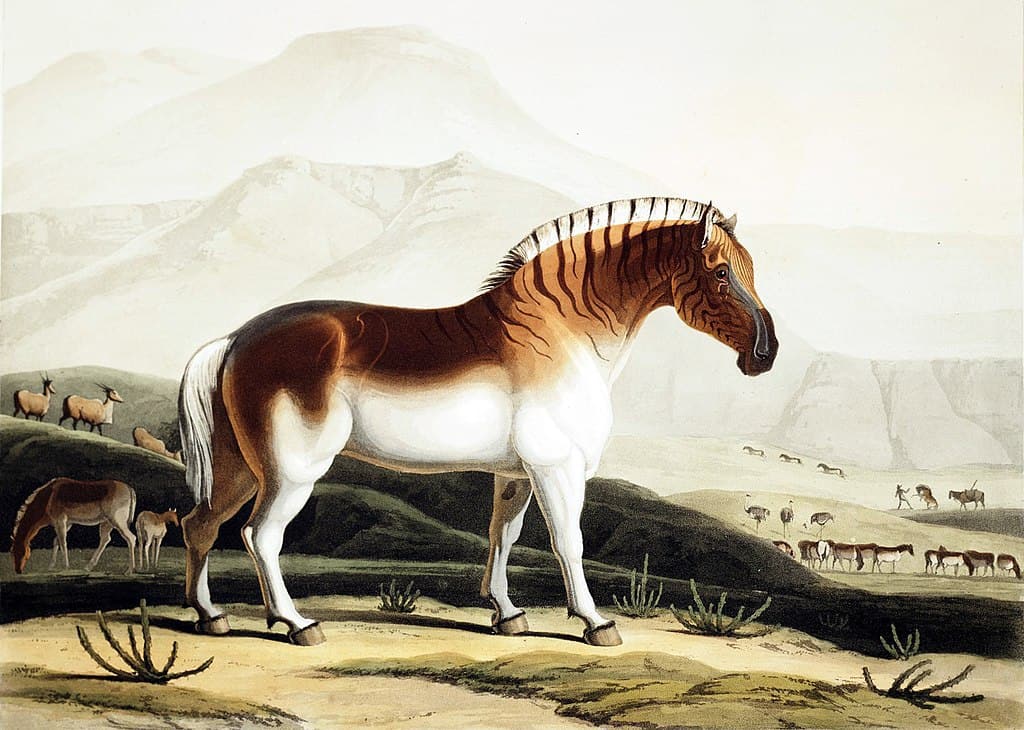
It’s not the only species to disappear in 40 years. The last golden toad was seen in 1989 in a Costa Rican rainforest before it was declared extinct in 1994. Chytridiomycosis, a deadly skin disease, is believed to have decimated this already sparse toad population.

The population of migratory pigeons numbered in the millions, perhaps billions, when the first Europeans began to settle in America. In the late 1800s, the largest known breeding site was in Wisconsin. Unfortunately, humans hunted and ate them. The last bird died in captivity at the Cincinnati Zoo in 1914.
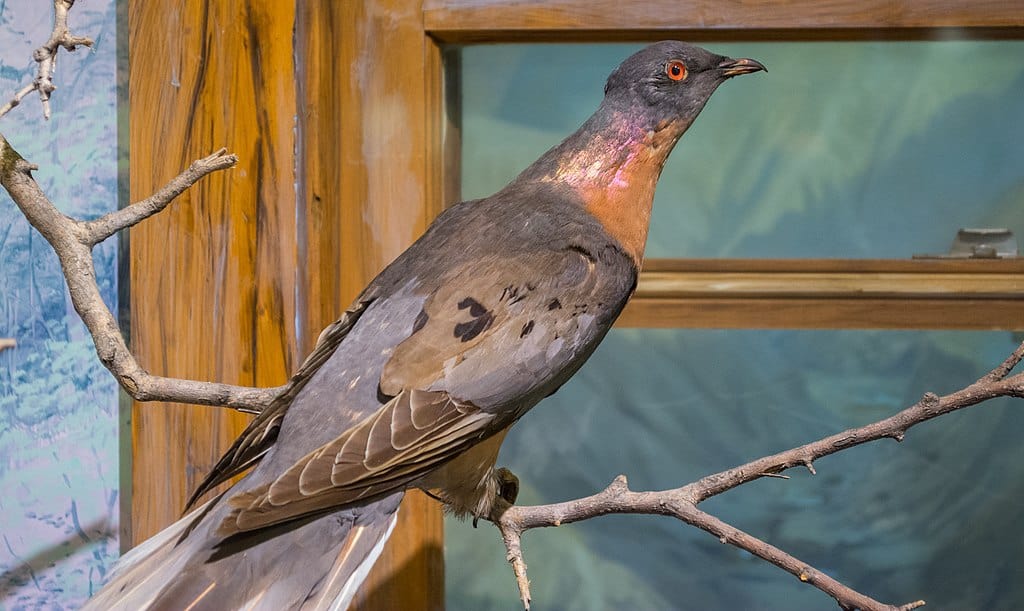
Photo Credit: Charles H. Smithvergrößert von Aglarech/Public domain/Wikimedia Commons